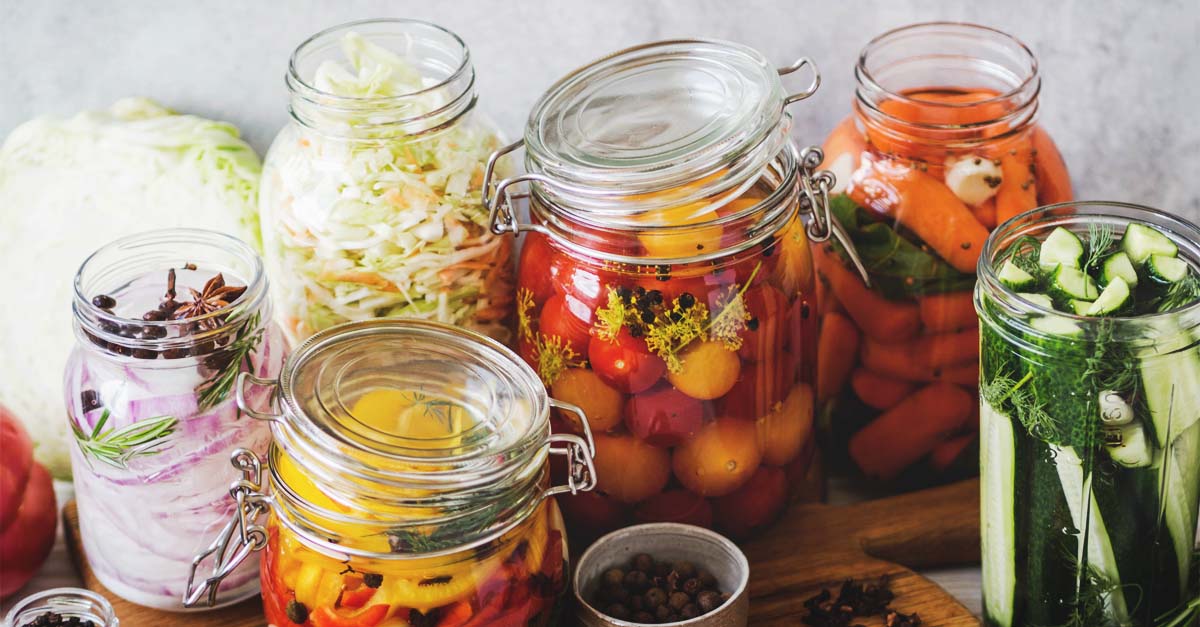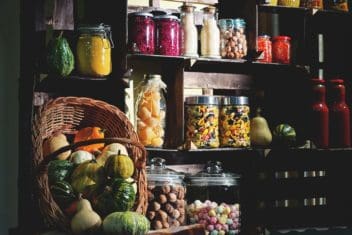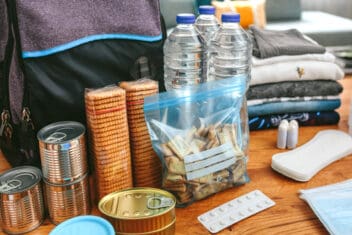It’s smart to keep around canned foods for making quick dinners and stocking up your pantry. Canning is also useful for preserving your garden harvest. But you should also consider keeping around some of the best foods to can for an emergency. Home food storage matters in a variety of situations, like an economic collapse, a weather-related crisis, loss of a job, or anything else you consider an emergency.
When you envision an emergency stockpile, you might think of what you see on shows such as the Doomsday Preppers or those preparing for a nuclear invasion. That’s not what an average person prepares for when they decide which foods to can for an emergency.
I don’t prepare for farfetched scenarios, like a zombie apocalypse, but I do understand that economic hardships and weather-related emergencies can happen. Regardless of what your motivation is, you need to know which foods are best to keep around for when trouble strikes.
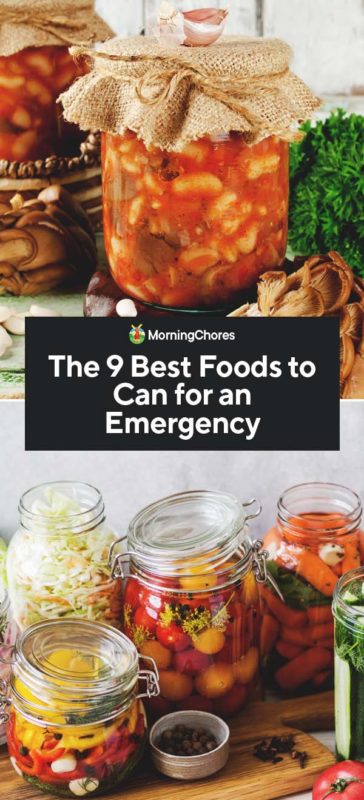
How to Decide Which Foods to Can for an Emergency
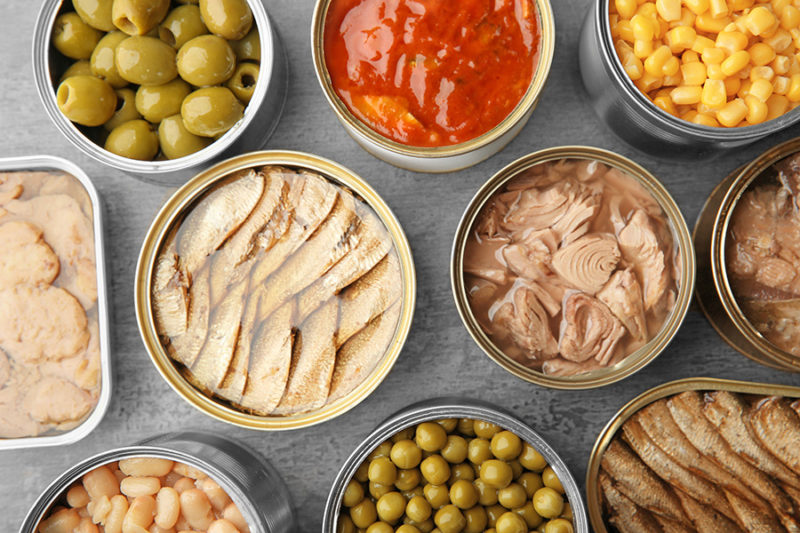
The hardest thing to do is to narrow down which foods to add to your stockpile. While there are so many foods to can, not all of them are ideal for an emergency. You need food that will nourish and fuel your body, in addition to lasting a good long time.
For example, jams and jellies are some of my favorite foods to can. They’re so versatile and diverse; you can find so many delicious recipes. However, jams and jellies give you some vitamin C and quick energy, they can’t be your only food source. The same goes for things such as apple butter, which is delicious but won’t sustain you.
We have no way to predict what’s coming our way or what disasters might strike. That can make it a bit difficult to decide what to add to our stockpiles. The best thing I can suggest is to add foods that you know your family will eat and that are nutritious.
Ground beef is excellent to can for quick meals, but if none of your family members eat ground beef, it’s a waste to add. Even if it’s for an emergency, most people don’t change their taste preferences unless under duress. That is especially true for kids, who seem to prefer to starve than eat something that they deem disgusting.
A Few Other Considerations:
- The nutrient value: Your goal is to ensure your family can survive with what you have in your stockpile, so make sure you have a variety of nutritious foods.
- The members of your family: If you have a larger family, as I do, it’s easier to can quarts rather than pints. That way, you can feed larger groups easier.
- Easy to prepare meals: When you’re canning things, think about how they fit together in a larger picture and how you’ll make meals from those items. In emergency situations, it’s best to have easy meals to toss together.
The 9 Best Foods to Can for an Emergency
These foods are ones that are going to add nutrients to your body while still being delicious.
1. Canned Dry Beans
Beans are a good source of protein, and we know that protein is essential for survival and growth. You can use beans for soups, stews, or baked beans. My husband is a huge fan of refried beans on Taco Tuesday.
It’s safe to can all types of dry beans, such as black beans, red beans, pinto beans, navy beans, and more. However, it takes a lot of time to prepare, especially if you’re starting from scratch. If you want to see a full description of how to can dry beans, check out The Prairie Homestead’s guide. Make sure you have a pressure canner because it’s the only safe way to can dry beans.
2. Canned Meat
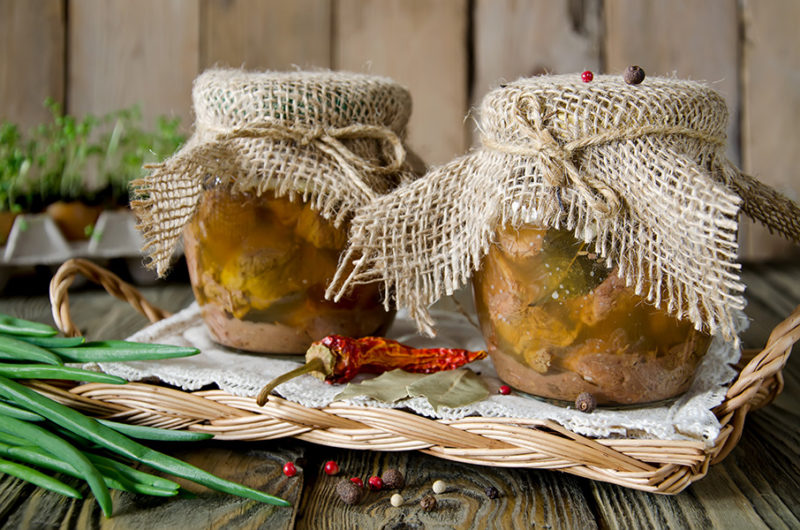
If you’re thinking about survival, meat should come to mind. So many people are intimidated by canning meat, but it’s far from complicated. So long as you use a pressure canner and follow safety-tested canning recipes, then you’ll be safe.
Meats that are safe to can include:
- Chicken
- Turkey
- Bear
- Beef
- Lamb
- Pork
- Sausage
- Veal
- Venison
You can cut meat into strips, cubes, chunks, or use ground meat. Just make sure you are following a reliable recipe.
Adding meat to your stockpile is an easy way to pack your pantry with nutrients. It’s a source of protein, along with a variety of other things your body needs. You need the fat in meat for energy as well. Meat can be added to soups and stews, pasta dishes, or eaten on its own.
3. Spaghetti Sauce
You can’t eat spaghetti sauce on its own – well, you can, but it’s far from a full meal. However, if we’re thinking about dinner dishes that your family can enjoy, even during hard times, pasta falls into that category. Pasta is cheap and easy to stockpile. You can find boxes for as low as $.50 with sales and coupons.
Adding jars of spaghetti sauce to your stockpile gives you an easy meal option. You can add some canned ground beef or venison to boost the protein in your dish. Plus, spaghetti is a familiar dish for your children that almost everyone loves.
4. Canned Seafood
Canning seafood is a popular way to preserve your bountiful catch. Make sure you pack and process seafood properly to guarantee its safety when you open it to eat it. Seafood should be preserved as soon as possible after obtaining it for the best quality. Keep your seafood and shellfish cold until you can preserve it.
Adding seafood to your stockpile gives you healthy nutrients, and there are so many ways to use it. Here are some seafood items you can add to your emergency stockpile:
- Clams
- Crab
- Salmon
- Trout
- Oysters
- Smoked Fish
- Tuna
Not only is seafood an additional source of protein, but it also contains iodine, zinc, potassium, and phosphorous. Salmon is a source of omega-3 fatty acids, along with vitamins D and B2.
It’s essential to can seafood safely, so check out the details set out by Washington State University.
5. Canned Veggies
You need to add vegetables to your stockpile. The great thing about canning veggies is that there aren’t too many limitations. Some canned vegetables that you might want to add to your inventory include:
- Corn
- Cucumbers (pickles)
- Green beans
- Peas
- Carrots
- Peppers
- Tomatoes
- Beets
- Radishes (pickled)
- Potatoes
Vegetables add versatility and nutrients to your stockpile. A side of green beans goes well with a jar of canned chicken, or veggies can be tossed into soup recipes.
6. Canned Fruits
Adding fruits to your emergency stockpile adds vital nutrients. You find potassium, vitamin C, dietary fiber, and folate in a variety of fruits. Of course, they can’t be your main source of nutrition, but a dab of jam is heavenly now and then.
There are so many ways to can fruits! Try diced fruits, whole or halve fruits, or even pureed, such as applesauce. Most fruits can be canned in some form or variety, even if it’s just jam or jellies. Yes, jams are full of sugar, but they can add some fruit to your diet, but as we said before, you can’t live on them.
Some examples of fruits that you might can for your stockpile includes:
- Applesauce
- Canned apple pie filling
- Peaches – sliced
- Pears – halved
- Cherries
- Homemade fruit cocktail
7. Soups and More Soups
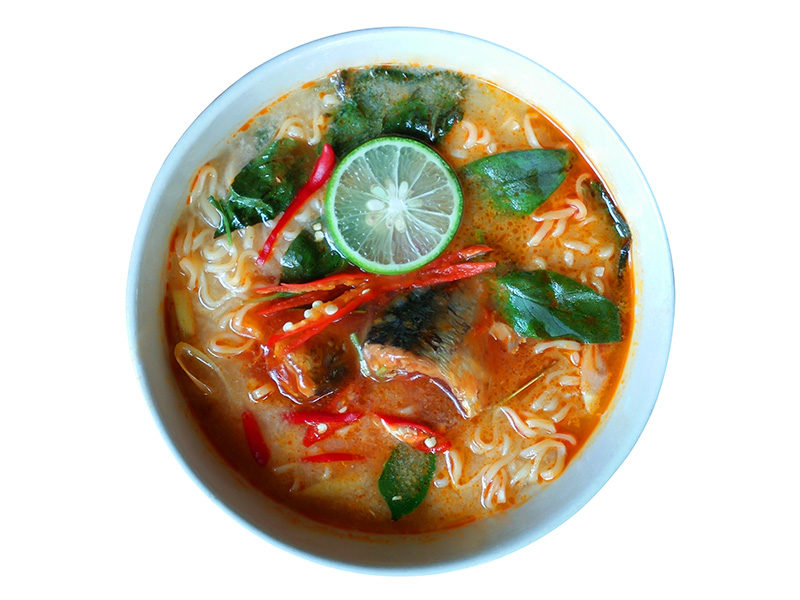
Soups are a meal in themselves, so why not add different soups to your home canned emergency stockpile? It’s important to note that there are several things you can’t add to your soups, such as:
- Flour
- Noodles
- Eggs
- Butter
- Dairy
If you like chicken noodle soup, you’ll need to add the noodles after you open the can and cook it. Home canners are unable to reach the required temperatures to safely can noodles and other ingredients. This also means you can’t can cream-based soups.
That doesn’t mean you’re limited! Here are some soups you might want to add to your pantry.
- Potato Soup – cube the potatoes, can in chicken broth with ham, carrots, celery, and onions.
- Chicken Soup – carrots, onions, celery, chicken
- Tomato Soup
- Chicken Mexican Soup
- Vegetable Soup
- Chili
- Ham and Bean Soup
8. Salsas
Are you skeptical about salsa? I consider salsa to be an entire separate food group because it’s so darn delicious and versatile. You might not know that tomatoes are a source of vitamins and minerals.
For example, tomatoes have up to 18mg of calcium, along with potassium, vitamin C, folate, vitamin K, and phosphorus. Don’t forget that you also have other veggies in the recipe.
Salsas can be added to dishes to make a complete meal. One of the easiest meals you can toss together to cook chicken breasts in a jar of salsa and serve over rice. The flavor of the salsa infuses the chicken and rice.
Salsa also makes a healthy snack. Considering its a healthy dose of vitamin C, which helps to keep illnesses at bay, eating some salsa with chips or crackers is the perfect emergency snack.
9. Fermented Foods
You might not think of fermented foods as something other than condiments, such as sauerkraut and pickles. You might not realize how many things you can ferment. For instance, fermented radishes and carrots are a treat.
Aside from being a yummy snack, fermented foods add probiotics and digestive enzymes to your diet, which is essential for your gut health. While you could can pickled foods, fermenting is another option for storage, especially if you have a cool storage location that isn’t dependent on electricity.
Final Thoughts
Within these nine best foods to can for an emergency, there are dozens of options. That means you can create a pantry that is packed with foods that can sustain you during an emergency, no matter the type. Adding a variety of foods full of nutrients and vitamins will help maintain and nourish your family through any crisis.
